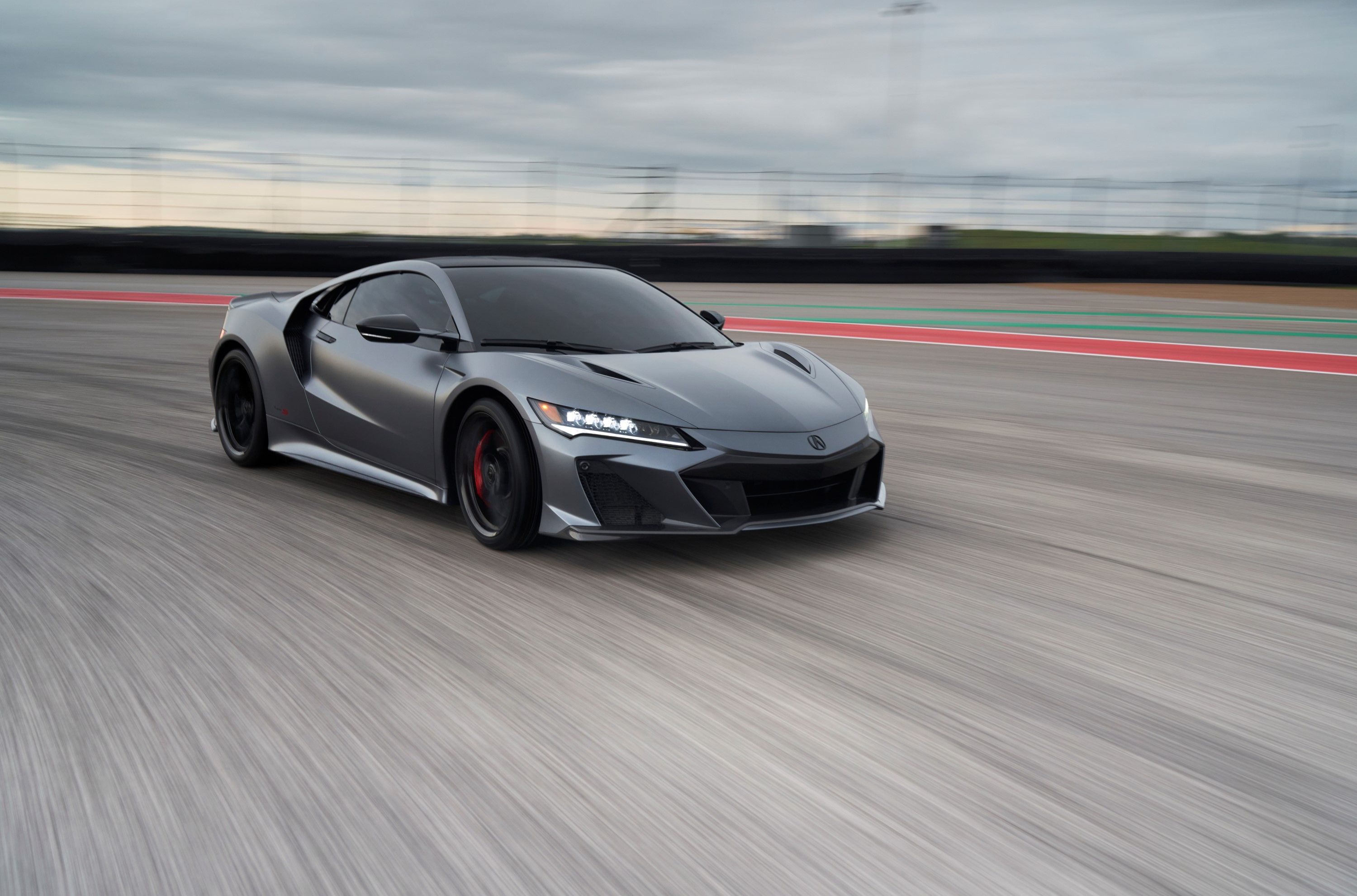
It's been 13 years since the last Acura Type S performance car was launched and now the moniker is making a triumphant return, starting an important new performance chapter for Acura. Arriving in showrooms this week, the first new model getting the Type S treatment is the new second-generation TLX, followed by the new MDX Type S. Powering both models is an all-new turbocharged 3.0-liter V6 engine generating 355 horsepower and 354 lb-ft of torque.
This new powerplant was developed and will be produced at the Anna Engine Plant, Honda's largest engine plant in the world. Since starting production in 1985, Anna Engine Plant has produced more than 28 million engines including the 3.5-liter, twin-turbocharged V6 engine that powers the Acura NSX and the Honda Civic Type R's 2.0-liter turbocharged four-cylinder engine.
"The last year has brought unique challenges but the knowledge and experience of our team here at the Anna Engine Plant never lost sight of our objective, to deliver a high-performance engine to power Acura Type S products," said Rick Riggle, plant manager of the Anna Engine Plant. "Our entire team understood the importance of this Type S engine to the Acura brand and our associates take great pride in making it for our customers."
Engineers who helped develop the twin-turbo V6 in the Acura NSX were also brought on board to incorporate technology from the NSX into Acura's new turbocharged 3.0-liter V6 engine for the Type S. It also makes use of new dual overhead cam technology. But in addition to the new tech, producing the new turbocharged V6 engine meant Acura had to overcome several challenges and revamp the Anna Engine Plant.
Over 60 pieces of new equipment were added and the V6 engine block machining line was overhauled. In addition, a new sub-assembly line for the turbocharger and a new Valve/DI assembly line was installed.
The new cylinder head design also made the production process more difficult. To make sure the valve assembly parts were in the correct position, the valves were installed with the cylinder head fixtured upside down. This assembly requires more exclusive parts such as dual cotters, springs, and retainers. Knowing that assembling the new engine would create new challenges, Acura appointed ten "master trainers" to get staff acquainted with the assembly processes before mass production started. The pandemic also brought its own share of troubles, as engineers working on the new powerplant in Japan were unable to travel to the US due to restrictions. To overcome this, virtual meetings were created to allow 50 engine designers in Japan to view the trial builds of the engine at the Anna Engine Plant in Ohio.
